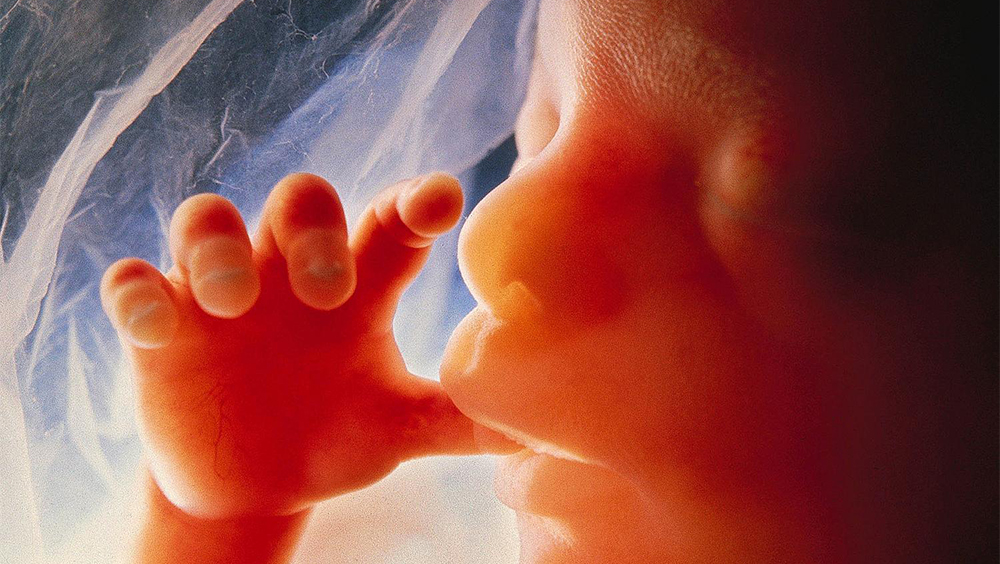Kerby Anderson
Abortion is back in the news for a variety of reasons. This fall, the Supreme Court will hear the case of Dobbs v. Jackson Women’s Health Organization based on the Mississippi pro-life bill. Also, the Texas legislature passed a “heartbeat bill” that became law. And Nancy Pelosi announced that the US House of Representatives will vote on the “Women’s Health Protection Act” attempting to enshrine abortion law.
Many of us feel like we have been here before. In 1992, the Supreme Court heard oral arguments for Casey v. Planned Parenthood, but the court merely reaffirmed a modified version of the 1973 abortion decision of Roe v. Wade. In 2020, a Supreme Court appointed by two pro-life Republican presidents decided not to change the abortion law. Yet, there are some that believe this time might be different.
Charles Cooke makes the case that. “The problem is Roe. The problem has always been Roe. It is not this or that law; it is not this or that precedent; it is not this or that state or legislator or governor.” Why does he say that? “Because, legally, Roe has always been utter nonsense — and because, deep down, we all know it.”
Listen to two pro-choice legal scholars. John Hart Ely argued that the abortion decision was indefensible in every conceivable way that a Supreme Court decision could be indefensible. It was a “super-protected right” that “is not inferable from the language of the Constitution.” Harvard professor Laurence Tribe observed, “One of the most curious things about Roe is that, behind its own verbal smokescreen, the substantive judgment on which it rests is nowhere to be found.”
Over the next few months, we will be hearing about abortion laws and rulings. But we might want to pause and consider that the original abortion decision of Roe is really the problem.
 Listen Online
Listen Online Watch Online
Watch Online Find a Station in Your Area
Find a Station in Your Area











 Listen Now
Listen Now Watch Online
Watch Online
